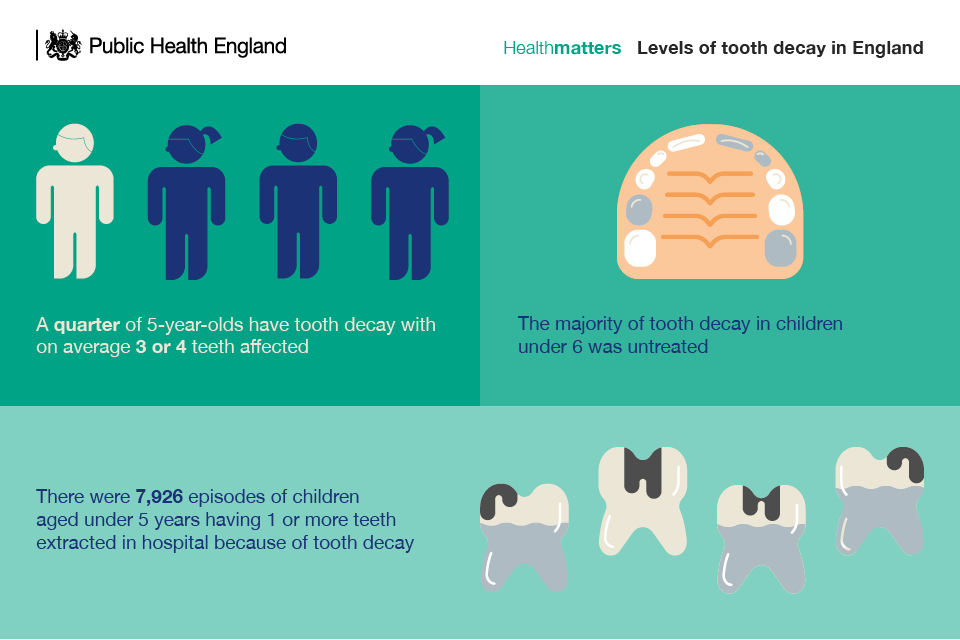The Development Of Dental Surgery: Cutting-Edge Innovations And Advancements Influencing The Field
The Development Of Dental Surgery: Cutting-Edge Innovations And Advancements Influencing The Field
Blog Article
Personnel Author-Foldager Mccall
Invite to the world of oral surgery, where technologies and advances are forming the future of the area! In this amazing realm, you'll witness the transformative power of robotics, the cutting-edge marvel of 3D printing, and the game-changing effect of minimally invasive methods.
The future of oral surgery holds an assurance of accuracy, effectiveness, and improved patient results. With the help of innovative robotics, specialists have the ability to execute complicated treatments with better precision and control.
3D printing innovation is reinventing the development of oral implants and prosthetics, providing personalized solutions that fit effortlessly into each person's special makeup.
Furthermore, minimally just click the following web page are decreasing post-operative discomfort and recovery time, allowing clients to go back to their every day lives earlier.
Prepare to check out the amazing developments and developments that are improving the landscape of oral surgery!
Developments in Robotics
One major development in oral surgery is making use of robot technology, which enables precise and efficient surgical procedures. With the help of robotic systems, oral doctors have the capability to perform complex surgeries with enhanced precision, lessening the risk of human mistake.
These robot systems are outfitted with sophisticated imaging modern technology and accurate tools that allow doctors to browse through detailed anatomical structures easily. By making use of robotic innovation, surgeons can accomplish greater surgical precision, causing boosted patient results and faster healing times.
Additionally, the use of robotics in oral surgery permits minimally invasive treatments, minimizing the trauma to surrounding tissues and promoting faster healing.
3D Printing in Oral Surgery
To boost the field of dental surgery, you can explore the subtopic of 3D printing in oral surgery. This ingenious technology has the prospective to transform the means oral doctors run and treat individuals. Below are four vital ways in which 3D printing is forming the field:
- ** Custom-made Surgical Guides **: 3D printing allows for the creation of very exact and patient-specific surgical guides, improving the accuracy and effectiveness of procedures.
- ** Implant Prosthetics **: With 3D printing, dental surgeons can create customized implant prosthetics that perfectly fit a patient's distinct anatomy, leading to better results and individual satisfaction.
- ** Bone Grafting **: 3D printing enables the manufacturing of patient-specific bone grafts, minimizing the need for traditional grafting methods and enhancing recovery and recuperation time.
- ** click to read and learning and Educating **: 3D printing can be made use of to develop realistic surgical models for educational functions, allowing dental cosmetic surgeons to exercise complex procedures prior to doing them on clients.
With its possible to boost accuracy, personalization, and training, 3D printing is an exciting advancement in the field of dental surgery.
Minimally Invasive Strategies
To further progress the area of dental surgery, welcome the potential of minimally invasive strategies that can greatly profit both surgeons and people alike.
Minimally invasive techniques are transforming the area by reducing surgical trauma, minimizing post-operative pain, and accelerating the healing procedure. These strategies entail making use of smaller incisions and specialized tools to carry out procedures with accuracy and effectiveness.
By utilizing advanced imaging modern technology, such as cone light beam computed tomography (CBCT), cosmetic surgeons can properly plan and carry out surgeries with marginal invasiveness.
Furthermore, making use of lasers in oral surgery allows for exact tissue cutting and coagulation, leading to reduced bleeding and minimized recovery time.
With minimally invasive methods, people can experience quicker healing, minimized scarring, and enhanced end results, making it a crucial facet of the future of dental surgery.
Conclusion
So, as you can see, the future of oral surgery is extremely appealing, with exciting innovations and developments forming the field.
From the improvements in robotics to making use of 3D printing and minimally invasive strategies, dental cosmetic surgeons are changing the way they give care.
While some may worry about the prospective expense connected with these advancements, it is essential to remember that these technologies eventually boost client results and lower healing time, making them well worth the financial investment over time.
